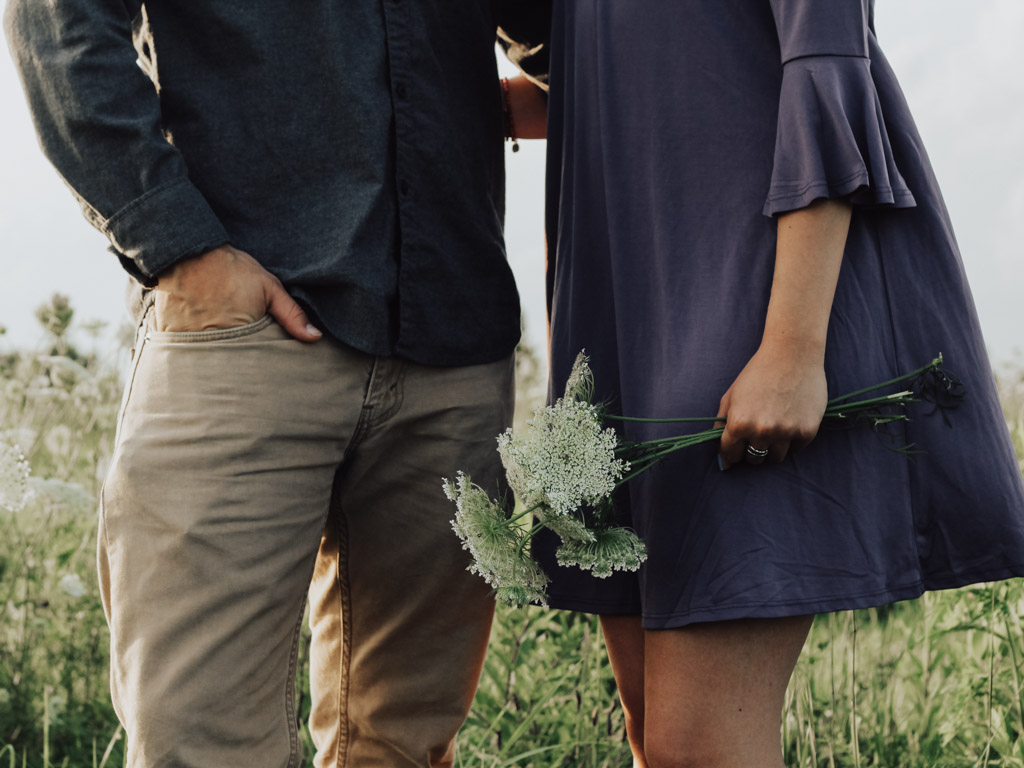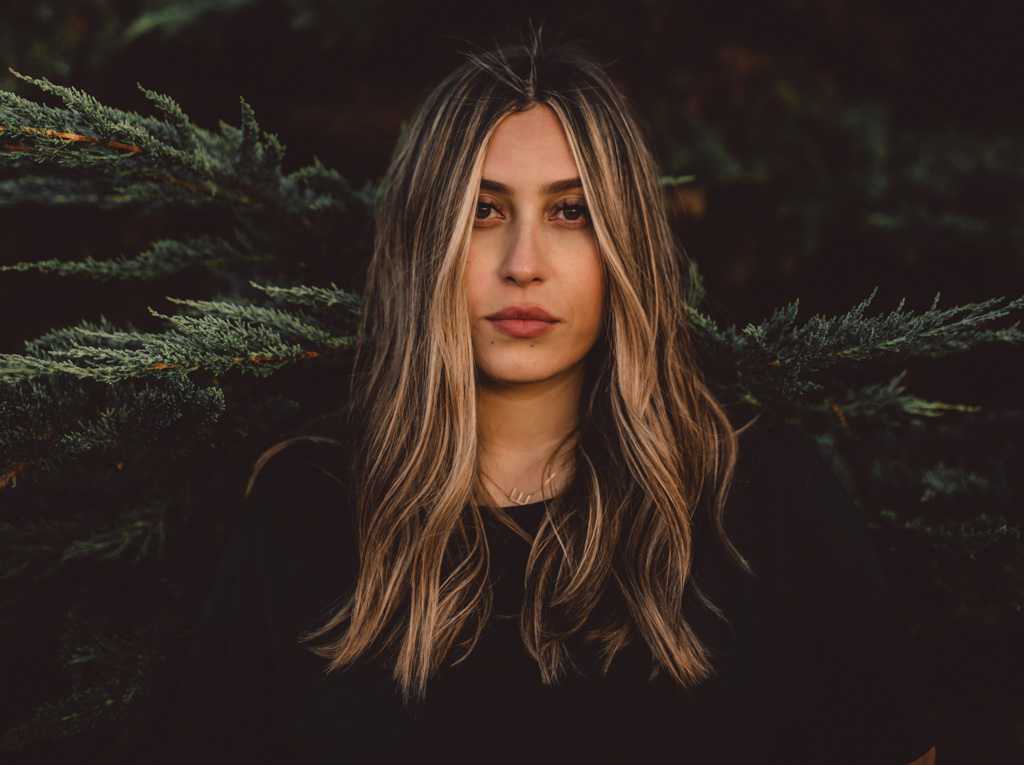
Photography is a pursuit that can take many, many hours to master, and much of that time is spent in states of observation and reflection. Unlike a sporting pursuit like fishing, golfing or surfing, photography requires a deeper level of reflection because the markers of improvement are much more ephemeral and subjective. As a golfer you try to take less shots, as a fly-fisher you try to catch more fish, and your success in either case is immediately evident—it might even be written on a scorecard. Photography however, offers no such feedback loop. Unless you treat it as a competitive pursuit and try to win awards, or garner followers and likes, improvement is something you feel rather than achieve.
Check out the full range of cameras available at BestBuy.ca
Start your lighting journey
While the pursuit of mastery in photography can look like a task of Mount Everest proportions, we can break it down into sub-skills to lessen the overwhelm. One such sub-skill is lighting. And while it’s a topic worthy of an entire book, today I’m just going to scratch the surface and try to give to give you some fuel to start your journey.
Practice your technical skills
Before you worry about lighting however, you need to make sure you know how to handle your camera. This can absolutely affect your ability to get the shot you’re after, so becoming more competent with your camera is time well spent. This journey in itself can amount to many, many hours with the camera in hand—particularly with the complexity of today’s cameras. Composition is another vital skill in the art of photography that needs to be practiced deliberately. The way in which you frame your photographs, the positioning of the various components, the priority you give to your subject; these things can make or break an image, and so you need to understand how to compose effectively. And, once again this takes time and practice. But the good news is that you can usually take multiple shots and try a variety of compositions so as to choose the best later (‘in post’, as they say). However there are situations like event, wedding or street photography where you are shooting candidly and in those moments it pays to be able to make the right creative choices in order to tell the story as effectively as possible.
Light is an understanding
Lighting, however, is an altogether subtler skill; in fact you might say that it’s less a skill and more an understanding. It is possible to learn standard studio lighting set-ups, and there are many technical approaches to this that will lead to good results, but a deeper understanding of light often takes many years to develop. To see in the moment what isn’t working and to be able to make the right adjustments is something that differentiates a good photographer from an average one. Similarly, to know when the moment has arrived, when the light is just right, and coming from just the right angle, is the kind of insight that will allow you to slow down and take less photos, but make more great ones.
READ: Spring is the perfect season to explore and experiment with photography
Light is about timing
I go to Folkfest every year here in Vancouver and I can’t help, as a photographer, to notice when other photographers are working nearby. I watch those event photographers and of course I have a running commentary in my head. Most of the time I’m lamenting the bland, unremarkable lighting they are working with which will lead to bland, unremarkable images. (I have yet to see anybody working with flash in the mode of Martin Parr or Bruce Gilden). And then comes the Golden Hour, that magical time around sunset when nature turns on the theatrical lighting and lobs photographers an easy pitch to knock out of the park. This is the time when it’s possible to make something great using only natural light. It’s one thing to know this as a matter of fact—that Golden hour equals golden opportunities—it’s quite another to be so affected by the quality of the light that you find yourself compelled to use it. It’s probably akin to the feeling a surfer gets when he passes his favourite break and notices an offshore wind and pristine barrels—he doesn’t need to remind himself he’s a surfer, he is immediately on his way home to grab his board. As a photographer you need to have that process running in the back of your mind that is triggered when a rare lighting moment arrives.
Let me give you some practical advice about how to recognize great light, and how to make the most of limited situations.
What is your light source?
Our primary concern should always be the source of our light. Always ask yourself before you shoot the image ‘What is my light source?’. I’m a huge fan of natural light sources because they are available to us freely, every day.
I love to photograph people, so I generally think about lighting in terms of how it affects my subjects, but much of how we think about lighting can be applied across the board, depending on the mood you are hoping to achieve.

For the most part we can grade our light source somewhere along a continuum between ‘intense’ and ‘diffused’. When working with people we generally prefer lighting that is even and fairly diffused. To think about diffused light, let us consider it’s opposite: intense light, like a high midday sun. This type of light is really harsh and creates sharp highlights and deep shadows. This doesn’t really work well in portraiture, particularly around the eyes, which are the most important consideration. Well-lit eyes can really draw the viewer into an image, whereas eyes that are shaded because of a harsh overhead sun (so-called ‘Panda eyes’) are generally to be avoided. (Aside: always ask your subjects to take off their sunglasses!)
The Golden Hour
I mentioned the Golden Hour earlier, that time right around sunset (or sunrise) when the day’s light is at its best and it’s possible to take some amazing photographs. When the sun is very low in the sky it has this beautiful warm hue that gives photographs a dreamy, nostalgic feeling that viewers really respond to. The light is passing through more of the earth’s atmosphere, and so it becomes more diffused and more flattering. The angle of the is also much lower so you won’t see those deep shadows in the eyes. When the sun is just below the horizon there’s still lots of light in the sky, but no single source. Or to put it another way, the light is coming from one huge light source – the entire sky. Take a friend or loved one to a wide open space at dusk and face them west and you’ll see a lovely, soft, diffused light that will allow you to make a beautiful, flattering portrait. Take a nice close-up and you’ll see gorgeous catchlights in the eyes, that sparkle that adds a wonderful vitality.
Seek shade if needed
If you do find yourself out and about with your camera in the middle of the day when the sun is high and harsh, all is not necessarily lost. What you’ll need to do is find a space in full shade, like the north facing side of a building for example, or a space that is covered on top but open at the sides like a gazebo or a bandstand. Position your subject close to the edge of the roof and you’ll be able to find a great lighting situation, provided that your subject is facing towards a large swath of blue sky. If on the other hand they are facing a bunch of trees then you’re may be lacking a light source and you’ll have to seek a better spot.
There is so much I could write about lighting, but I hope I’ve given you enough to whet your appetite and get you out there looking for those beautiful lighting moments!
In the meantime be sure to check out all the flashes and lighting accessories available at BestBuy.ca!








